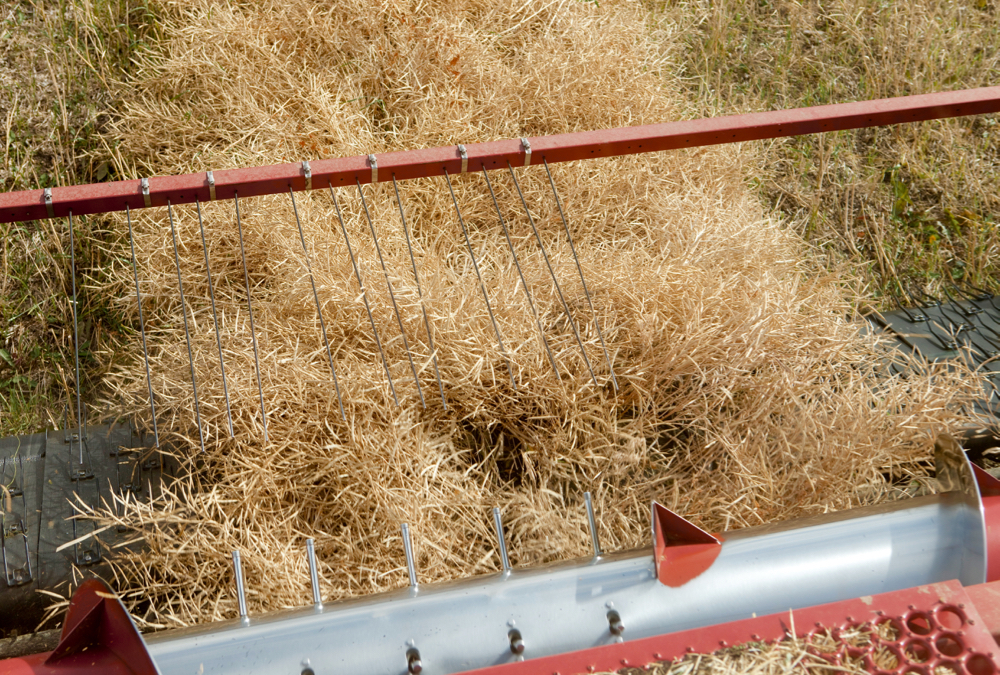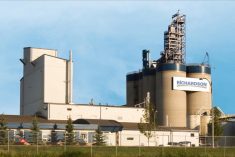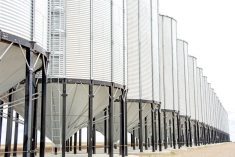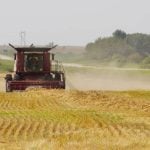The total equity of the Canadian farm sector rose nearly eight per cent in 2023 while farm assets rose more than seven per cent according to Statistics Canada’s 2023 balance sheet.
The balance sheet of the agricultural sector, released today, gives the total value of all farm equity, assets and liabilities as of Dec. 31, 2023.
The farm sector’s equity reached $784.7 billion in 2023, up $55.1 billion. This builds on two years of double-digit gains, StatCan said.
Every province posted gains in farm equity except British Columbia, which saw a 2.1 per cent decline. Saskatchewan saw the largest increase at 11.5 per cent.
Read Also

Alberta harvest wrapping up: report
Harvest operations advanced to 96 per cent complete in Alberta as of Oct. 7, with only a few late-seeded cereal and canola fields remaining, according to the latest provincial crop report.
The value of total farm assets reached $923.5 billion, up $62.3 billion from the previous year. Almost all of the increase came from gains in farm real estate value.
Again, only B.C. saw a loss in this category of 2.1 per cent. Ontario posted the largest gain of $19.3 billion or 9.4 per cent.
The value of poultry and market livestock inventories rose nearly 19 per cent, up $2.1 billion to $13.0 billion. The increase is due to higher prices as inventories across most categories were down, StatCan said.
The largest provincial gain was in Alberta, where values were up $1.3 billion.
The value of crop inventories fell 21.6 per cent to $24.1 billion at the end of the year—the first decline in four years. StatCan attributed the decline to lower crop prices and increased crop marketings that led to lower end-of-year stock.
The value of farms’ total liabilities hit $138.8 billion, up 5.5 per cent or $7.2 billion. An $8.3 billion increase in long-term liabilities offset a $1.2 billion decrease in current liabilities.
Total liabilities rose across all provinces.
The interest coverage ratio, which measures farmers’ ability to make interest payments, fell to 3.063 from 5.375 in 2022, indicating a decline in farms’ ability to repay debts. This was the result of lower total net income. However, the ratio is still higher than it was from 2018 to 2021.
Earlier this year, analysts called farmers’ financial position very strong—at least on paper.
At the end of 2023, farms’ solvency ratio (ratio of total liabilities to total assets) was 0.150 and the ratio of liabilities to equity (leverage) was 0.177.
At the end of 2022, the ratio of farmer liabilities to equity (leverage) was 0.180, and the ratio of liabilities to assets was 0.153. Eric Micheels, a professor of agricultural and resource economics at the University of Saskatchewan, called this “a very strong balance sheet.”

















